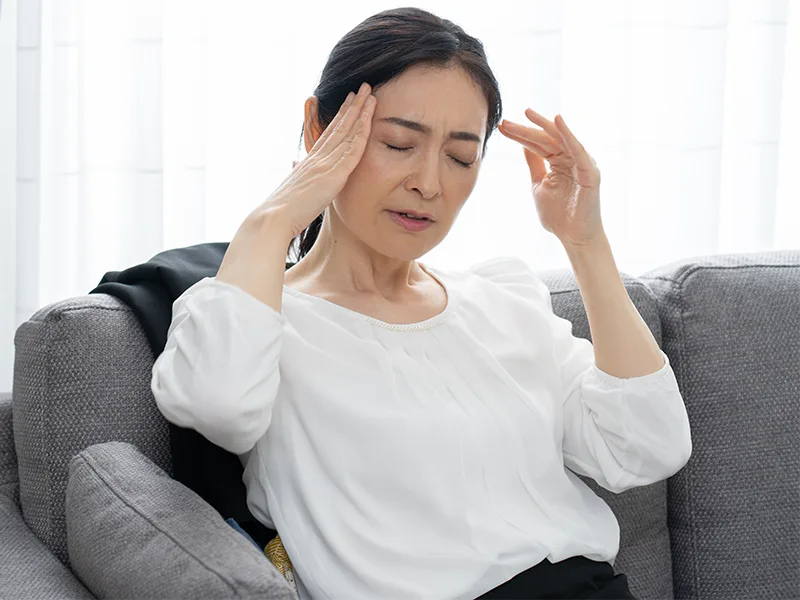POTS
POTS Unveiled
Understanding Postural Orthostatic Tachycardia Syndrome (POTS)
Postural Orthostatic Tachycardia Syndrome (POTS) is a complex and often misunderstood disorder that primarily affects the autonomic nervous system. This condition can have significant implications for vascular health, as it involves a range of symptoms related to blood flow regulation. In this article, we delve into the intricacies of POTS, its connection to veins and vascular function, and how individuals dealing with POTS can manage their symptoms effectively.
If you have been diagnosed or you suspect that you have this condition, you may get in touch with us.
We are at 43700 Woodward Ave #207 Bloomfield Twp, MI 48302. Book online or you may call at (248) 481-2100 to schedule a consultation with a board-certified vascular surgeon in Metro Detroit.

The Basics of POTS:
POTS is characterized by a drastic increase in heart rate when moving from a lying down to an upright position. This rapid heart rate, or tachycardia, is accompanied by a multitude of symptoms such as dizziness, lightheadedness, fatigue, and sometimes fainting. While the exact cause of POTS is still being studied, it is believed to result from a dysfunction in the autonomic nervous system’s ability to regulate heart rate and blood pressure appropriately.
Impact on Veins and Vascular Health:
The connection between POTS and vascular health lies in the autonomic nervous system’s control over blood vessel dilation and constriction. Proper autonomic function ensures that blood vessels appropriately adjust to changes in posture, activity, and environmental conditions. However, in POTS, this mechanism is disrupted, leading to improper blood flow regulation. Veins, which play a crucial role in returning blood to the heart, can be particularly affected.
Orthostatic Intolerance and Vein Function:
Orthostatic intolerance, a hallmark of POTS, refers to the body’s inability to maintain blood pressure and circulation effectively when standing. Veins, responsible for returning deoxygenated blood back to the heart, struggle to function optimally. This can lead to pooling of blood in the legs, causing discomfort, heaviness, and potentially contributing to varicose veins.
Vascular Symptoms in POTS:
POTS-related vascular symptoms can vary from person to person but often include cold extremities, numbness or tingling, and an increased likelihood of experiencing blood clots. The impaired autonomic control can lead to inefficient constriction and dilation of blood vessels, affecting overall circulation and potentially raising the risk of clot formation.
"*" indicates required fields
Insights and Support
Management & Lifestyle Adjustments
- Hydration: Maintaining proper hydration supports blood volume and circulation, helping to mitigate some POTS symptoms.
- Exercise: Gradual and controlled exercise can improve vascular tone and overall cardiovascular health, potentially alleviating symptoms.
- Compression Garments: Compression stockings can aid in preventing blood pooling in the legs and reduce discomfort.
- Dietary Changes: Adequate salt and fluid intake can counteract low blood volume and improve symptoms for some individuals.
- Medications: Some medications can help regulate heart rate and improve blood pressure control, under the guidance of a medical professional.
Seek Medication Today
Care for Your Vascular Health
If you or a loved one are dealing with POTS and its effects on veins and vascular health, Bloomfield Vein & Vascular is here to offer comprehensive information and support. Explore our resources, expert articles, and community forums to gain a deeper understanding of POTS and learn about practical approaches to managing its impact on your vascular system. Remember, you’re not alone in this journey – we’re here to provide guidance every step of the way. Give us a call today and take charge of your vascular health in the face of POTS.

